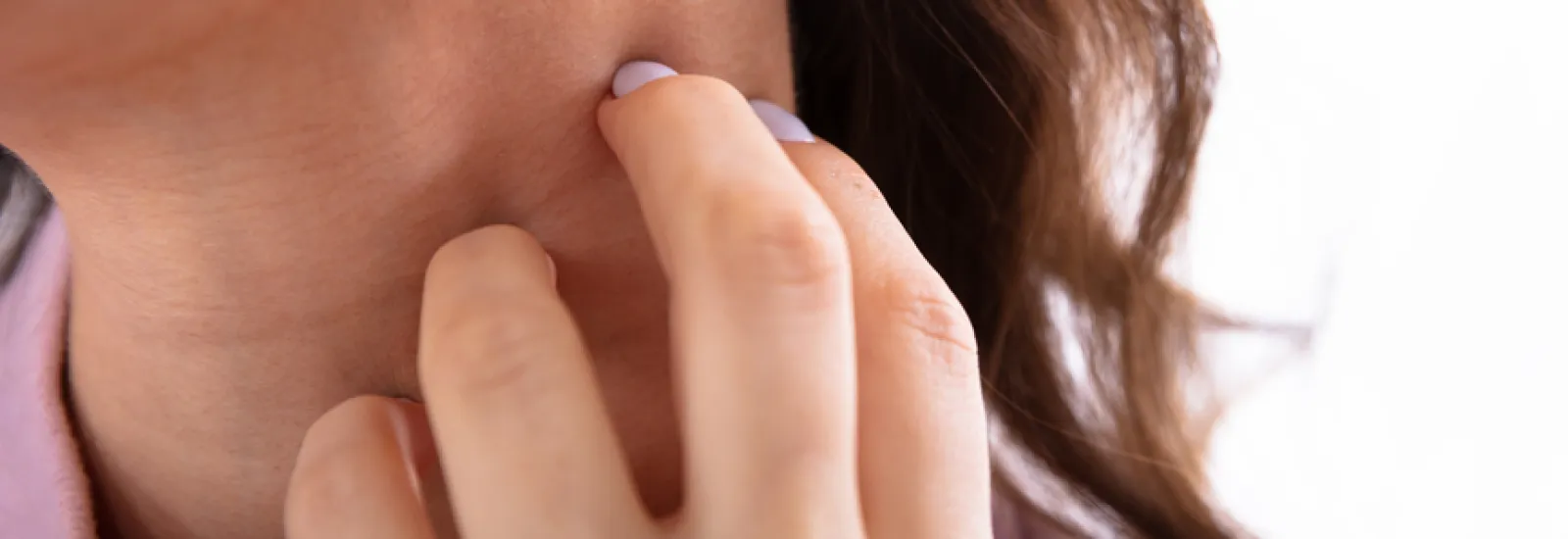
Skin tags 101: What are they, and what can I do about them?
A skin tag is a common type of flesh-colored skin growth that looks like a tiny stalk or flap. They’re benign and don’t usually grow or change. They tend to occur on the neck underarms middle of the body or groin and eyelids. However you can develop one almost anywhere including on your face. Though skin tags can become irritated they are usually harmless and don’t require any medical attention. But these growths can make you feel self-conscious about your appearance. Where do they come from and what can you do to get rid of them?
What causes them?
Experts believe that skin tags form as a result of skin rubbing against skin. “Obese individuals will develop them more frequently due to larger areas of skin friction” says Christopher Moore M.D. a general surgeon at Reid Hospital. According to the MedlinePlus older adults and people with diabetes may also be more likely to develop these growths.
What can I do about them?
If a skin tag isn’t bothersome you don’t have to do anything about it says Moore. However if your skin tag is irritating or you don’t like the way it looks you should talk with your doctor about treatment. “Most skin tags can be easily removed in the office with minimal or no pain” says Moore. Your doctor can remove small growths by cutting them at the base with scissors or a scalpel. Larger growths may require a local anesthetic but they can still be removed at your doctor’s office. Some doctors and dermatologists may opt to use cryotherapy to freeze a skin tag off.
No matter the situation you should not try to remove a skin tag on your own because home remedies may cause bleeding or infection. “They are not medically recommended” Moore says.
Can I prevent them?
Skin tags that are removed don’t usually grow back. However you can still develop new growths on other parts of your body.
Because skin tags are more likely to occur in people who are overweight or obese losing weight could help to prevent new growths. You can also take steps to minimize friction by avoiding tight-fitting clothing and jewelry which tend to rub against the skin.
Image source: Wikimedia Commons


